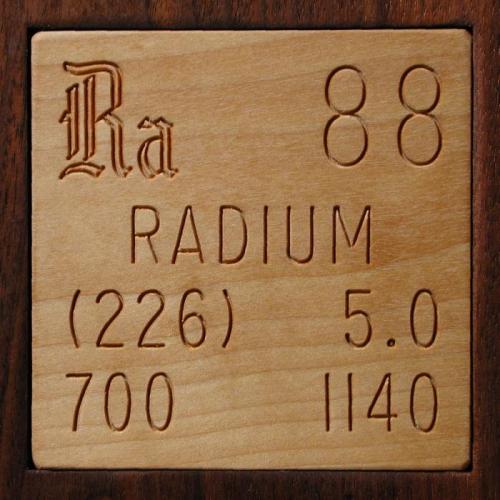  1903 Crookes Spinthariscope. 1903 Crookes Spinthariscope.
This is a beautiful solid machined brass spinthariscope engraved with the words Spinthariscope, W. Crookes, 1903. 1903 is the year William Crookes invented this device and decided to name it the spinthariscope. This article about spinthariscopes gives details of the origin and function of this fascinating device.
What I don't know is whether this one was actually made in 1903, or only later. And I don't know whether Crookes himself had anything to do with its manufacture, or whether whoever made it was just using his name for promotional or descriptive purposes. It's certainly old, and it's certainly very nicely made, solid and still in perfect operating condition after a hundred years.
To use a spinthariscope start by sitting in a completely dark room for about ten minutes to get your eyes fully dark adapted (this step is one thing that made the device so popular at Victorian parties where ladies were present). Then look through the lens (on the left in this picture) and pull the barrel in and out to focus on the screen fastened to the opposite end. On this screen you will see a swirling sea of light flashes: Each flash of light represents the decay of one single atom of radium. The energy in each flash comes directly from the energy released by the decay of the one atom responsible for it. Which is pretty amazing.
A fancy spinthariscope like this one comes equipped with small thumb wheel (visible on the back side if you look at the rotation video for this sample) that lets you move the spec of radium inside back and forth across the screen. (The radium is mounted on an arm that looks a lot like a watch hand, mounted about 1/16" above the screen.)
This is by far my most radioactive spinthariscope (see above for several other examples, as well as this sample of a modern spinthariscope available today). Measured from the outside, the closed unit reads significantly above background, but is not all that hot. But open it up and out spills a lot of radioactivity, on the order of 50,000 counts per minute. And most of that radioactivity probably isn't directly from the spec of radium that is the active ingredient of this device, because the radium is mounted on the bottom side of the watch hand, and is thus at least partly shielded from the open end of the tube.
Most of the radiation is coming from decay products that have built up on the inside of the barrel over the last century. As the radium decays it turns into radon gas, which builds up inside the closed tube, and in turn decays within a few days into a variety of other elements and isotopes. The whole decay chain is long and complex, ending up mostly in stable lead. Wiping (under carefully controlled conditions) the inside of the tube with an alcohol swab yields a dark smudge that is strongly radioactive, no doubt a combination of lead and mixed still-hot decay products, plus possibly some of the original radium that might have flaked off the hand.
Zinc sulfide screens eventually break down under the assault of radiation, loosing their luminosity. In this spinthariscope one side of the screen is distinctly weaker than the other, which indicates that the hand was left pointing towards that side for most of the last hundred years. The radium itself has changed very little: with a half-life of about 1600 years it's going to stay radioactive for a long time to come.
Source: eBay seller salvart
Contributor: Theodore Gray
Acquired: 10 February, 2007
Text Updated: 11 August, 2007
Price: $412
Size: 1.25"
Purity: <0.1%
Sample Group: Spinthariscopes
|
| 
|
|